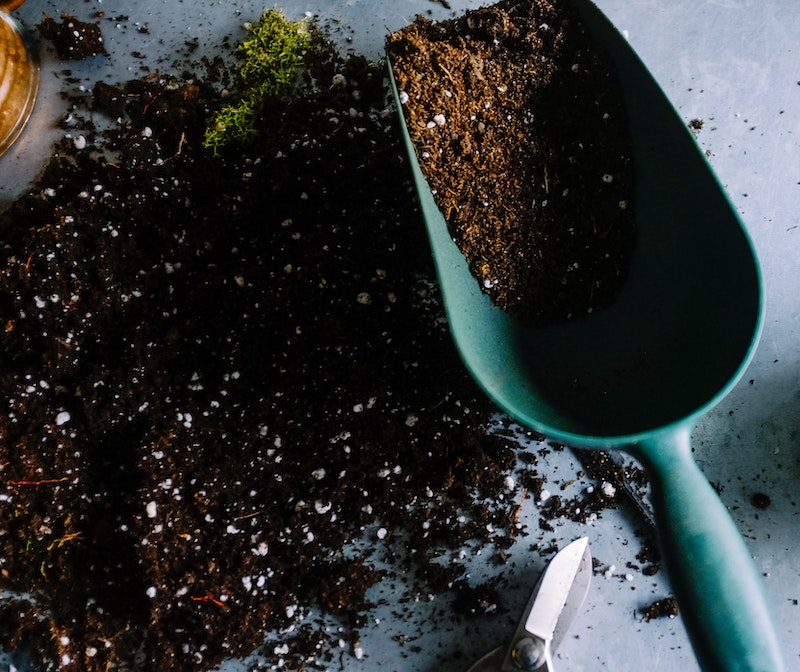Hey earth muffins! Today I will be tackling the terms “biodegradable” and “compostable”. I often see eco-friendly products advertised with these words; but, for people who aren’t active in the eco-space, these terms can be confusing. Plus, it can be hard to distinguish when companies use greenwashing to label their products. I hope this post is helpful and teaches you something… Let’s get right into our discussion of biodegradable vs. compostable!
What is “Biodegradable”?

According to the dictionary, a biodegradable item is one that is “capable of being decomposed by bacteria or other living organisms”. Technically, this makes almost everything biodegradable… It just might take hundreds (or even thousands) of years to degrade. Not great. The best products are those that can decompose quickly in natural environments. Ideally, they also won’t leave behind any toxins.
It is important to know where to dispose of these products as well. Most cannot decompose in a landfill due to lack of oxygen. This will cause the item to release methane instead of carbon dioxide, which isn’t good for Mother Earth. Many biodegradable products can easily be recycled or composted; I suggest researching how to dispose of the product properly before buying!
Examples of Biodegradable Items
Some examples include food waste, cotton, wool, plant products like paper, etc. There are also products like Dr. Bronner’s castile soap that have no impact on the environment. When choosing a “biodegradable” product, pick one that is made with natural ingredients. If a product is labelled as such but contains chemicals, it most likely isn’t an eco-friendly product.
What is “Compostable”?

By definition, a compostable item is one that can decompose in a compost environment. This means that all compostable items are biodegradable; but, not all biodegradable items are compostable! This is a great thing to remember in the biodegradable vs. compostable classification.
Compostable items can be easily disposed of in a compost bin. There are many different ways to compost (even if you live in an apartment like me!). From worm bins to pickup services, there is honestly no reason why you shouldn’t be composting. If you incorrectly dispose compostable items in the trash, they will release methane in a landfill. So, it is super important to actually let compostable items break down in a compost environment.
Examples of Compostable Items
Similar to above, compostable examples include food waste and other natural items. We create way too much food waste in our world, so actually composting your household’s is a great way to reduce food waste and help the planet. However be careful with “compostable” items that resemble plastics. I’ve seen a bunch of restaurants swap to compostable cutlery/dishware. But, these can only be composted in huge facilities and under very specific conditions. They will not break down in a household compost bin… Plus, they can ruin batches of recycling if incorrectly put in the recycle bin. If you see a product labelled as compostable, do some research to see what type of compost environment is needed. Then, you can dispose of it correctly!
Biodegradable vs. Compostable
So, which is better?? In my opinion, there are pros to both. I personally tend to lean towards compostables because I can watch my compost turn into soil. Eco-friendly biodegradables are awesome too, but it can sometimes be confusing to decipher what is accurate labelling versus greenwashing. My top tip for you all is to keep your products as natural as possible! And, of course, compost as much as you can! 😍

Love,
Jenna ♥

I always learn so much from you! Thank you for clarifying the differences and for sharing examples. That helped a lot <3
Thank you – glad it was helpful! 🙂
Jenna ♥